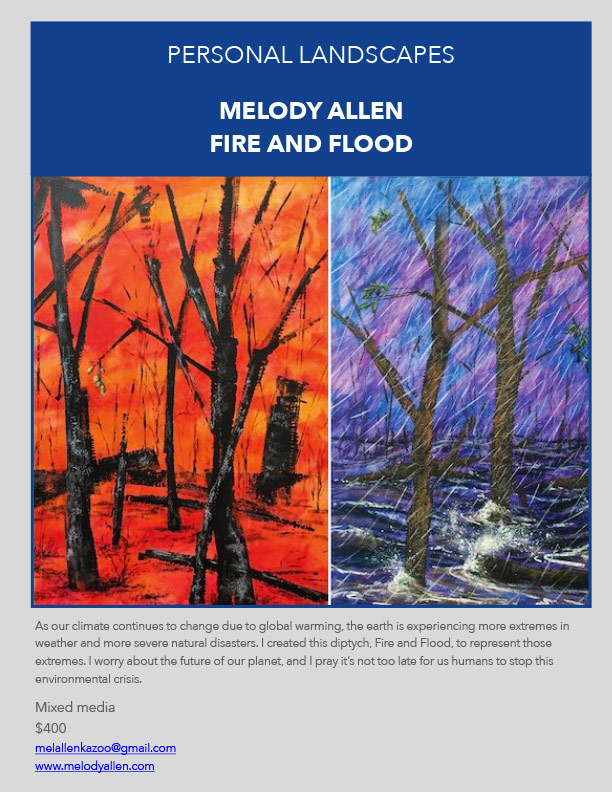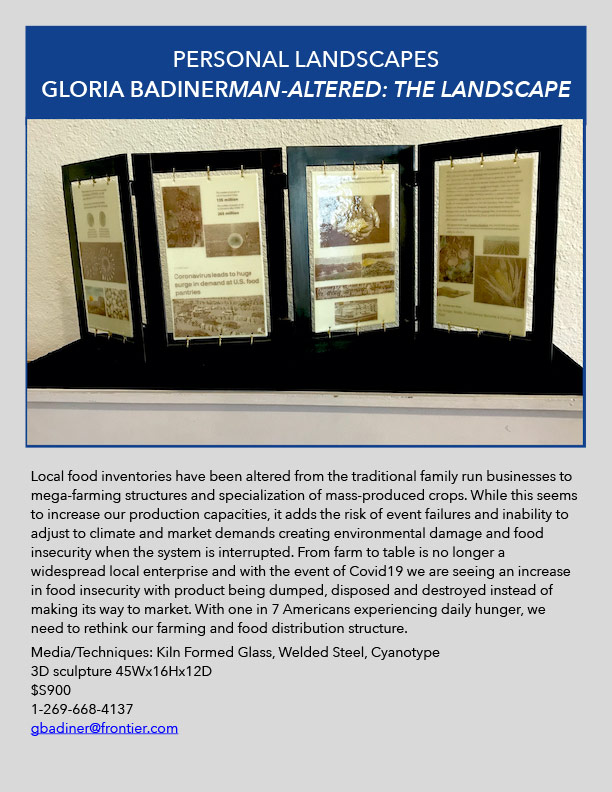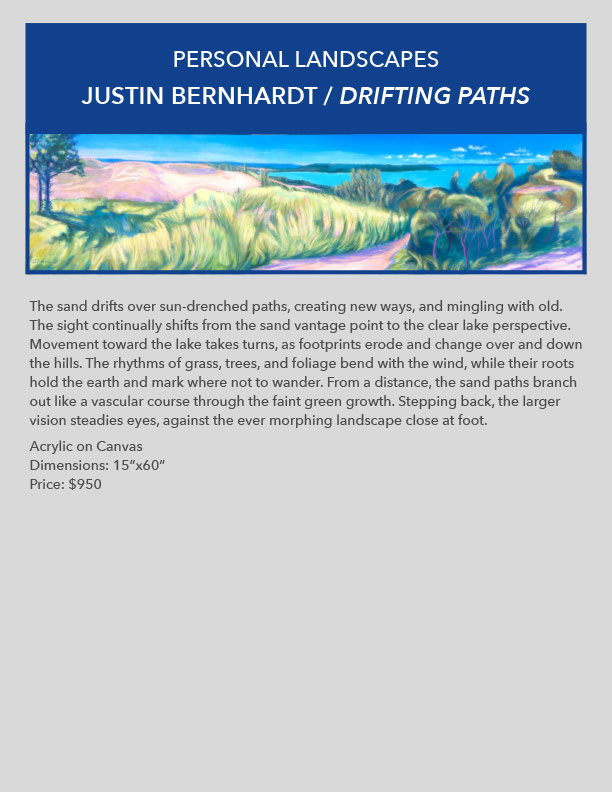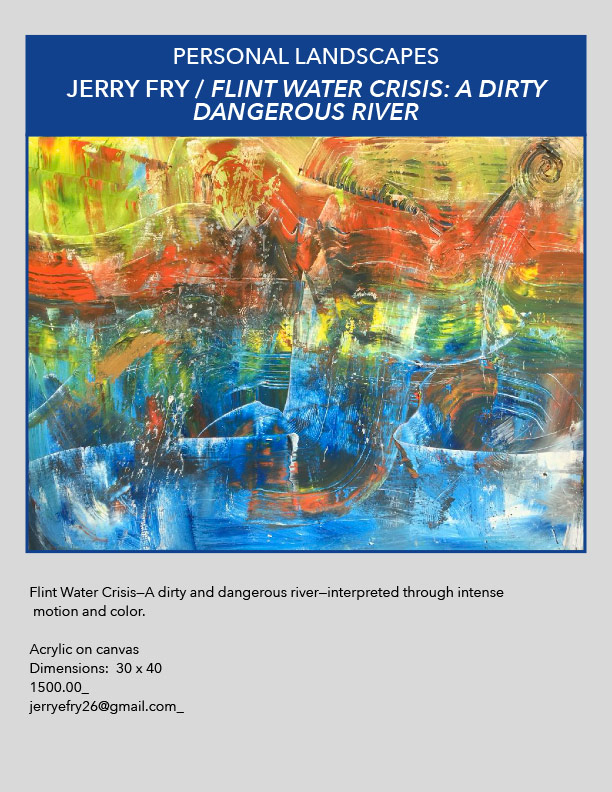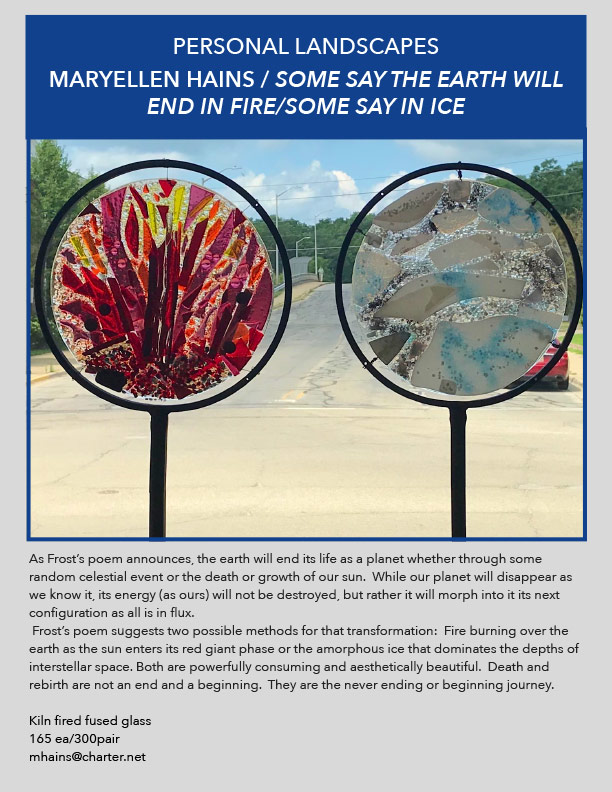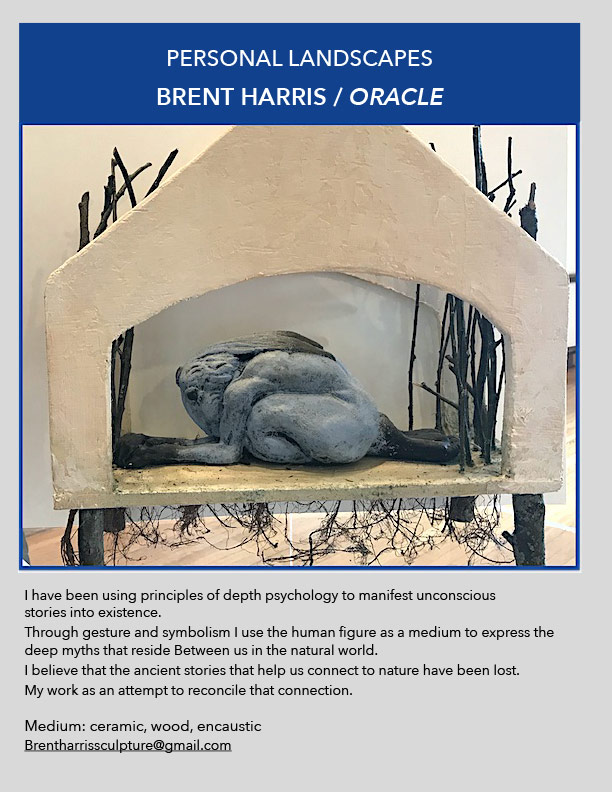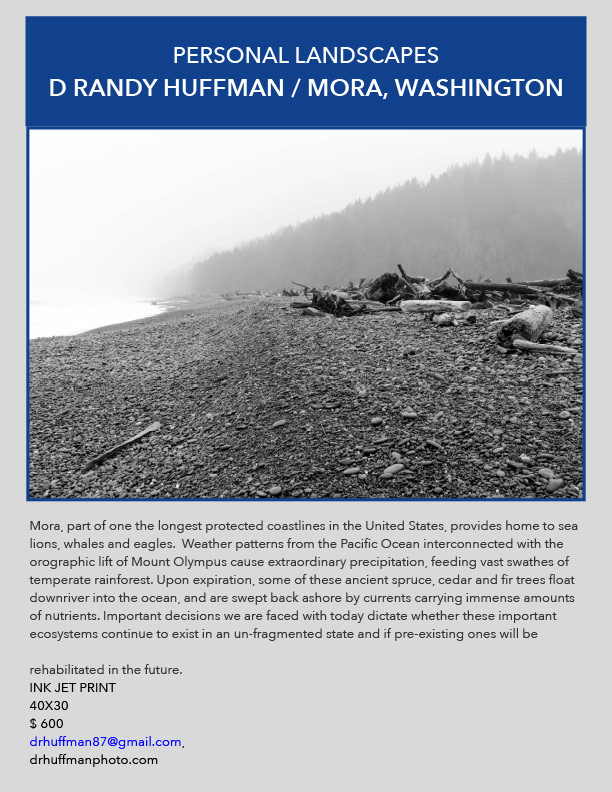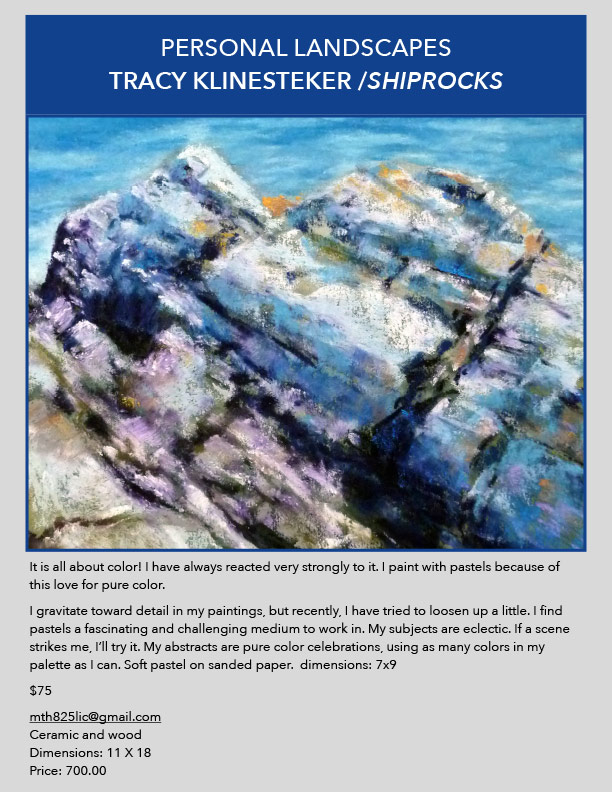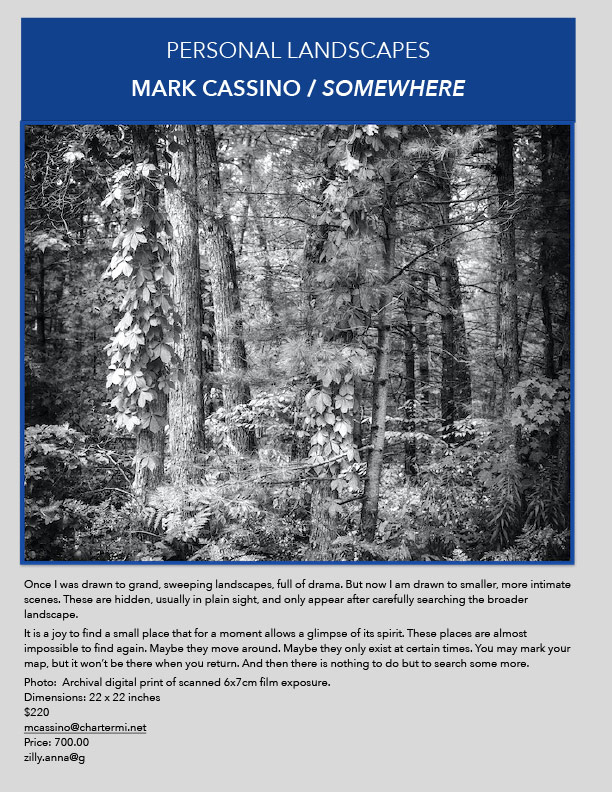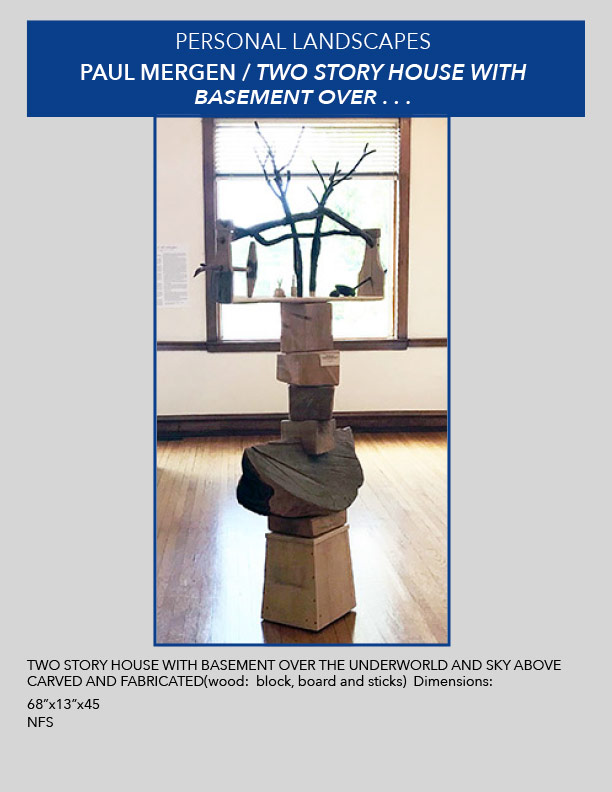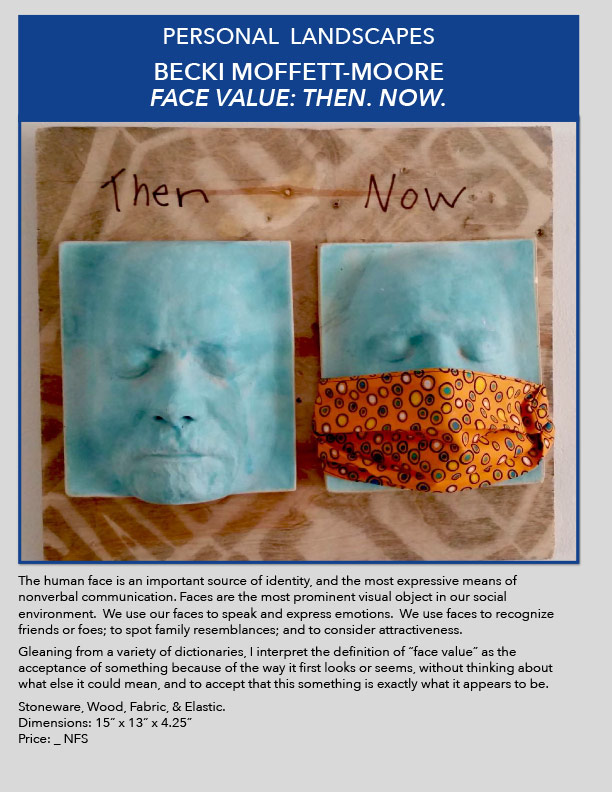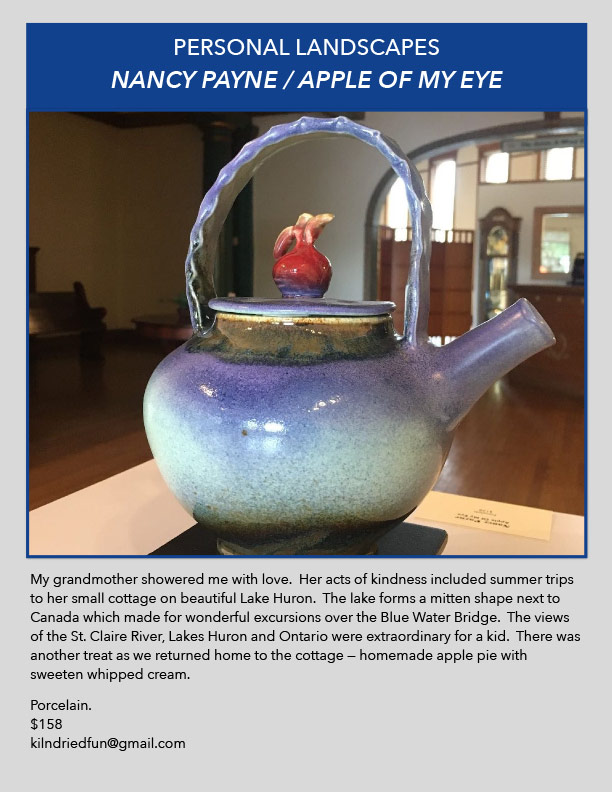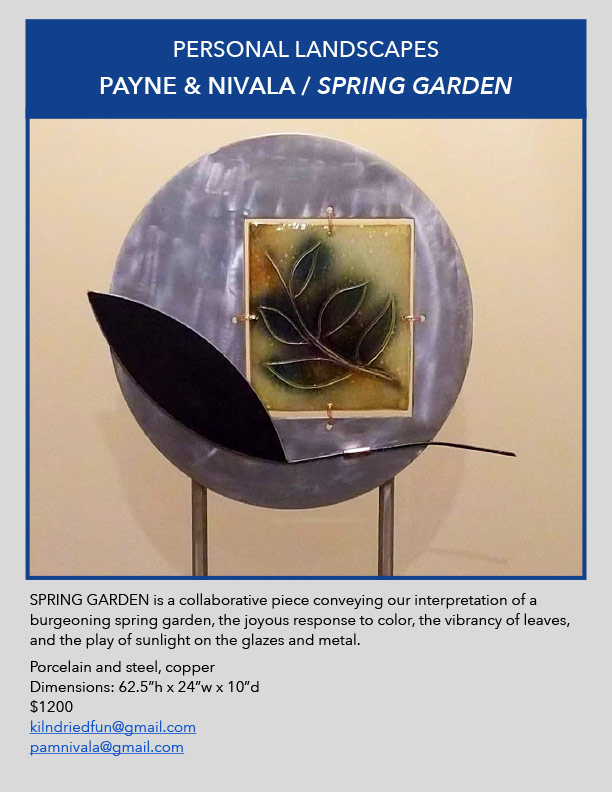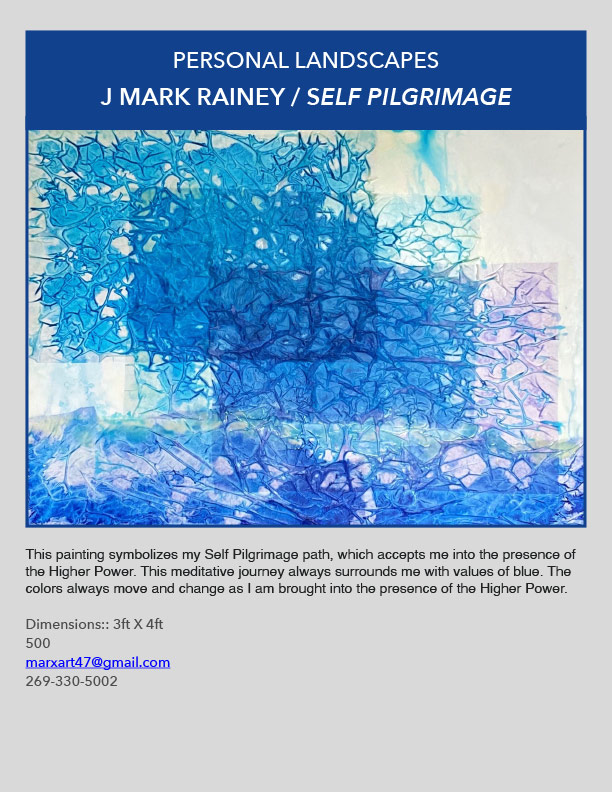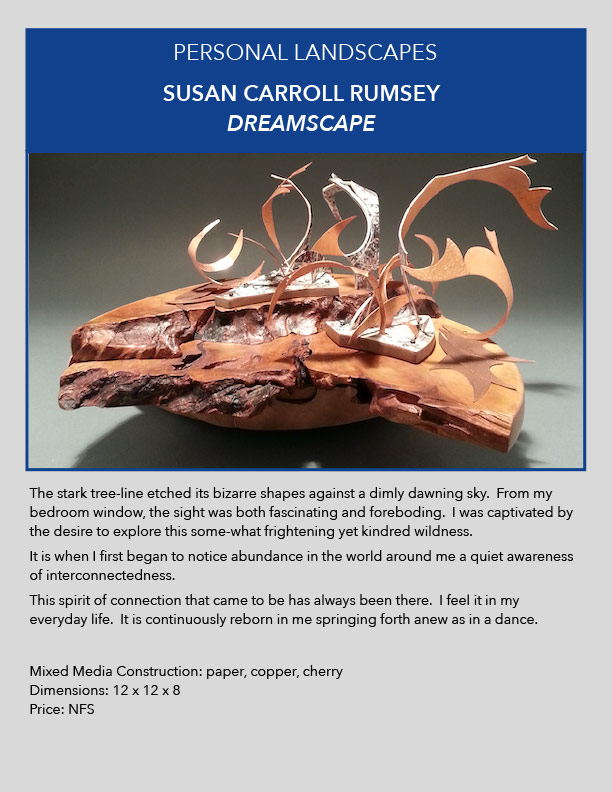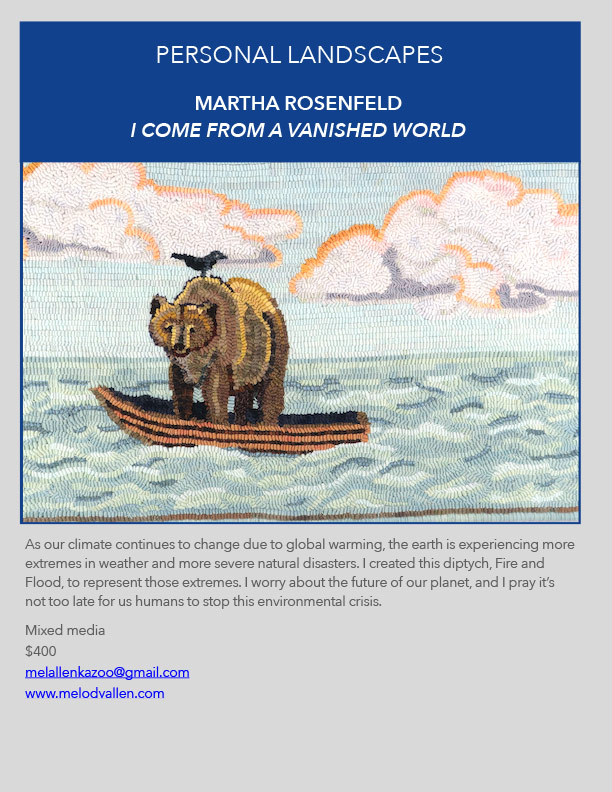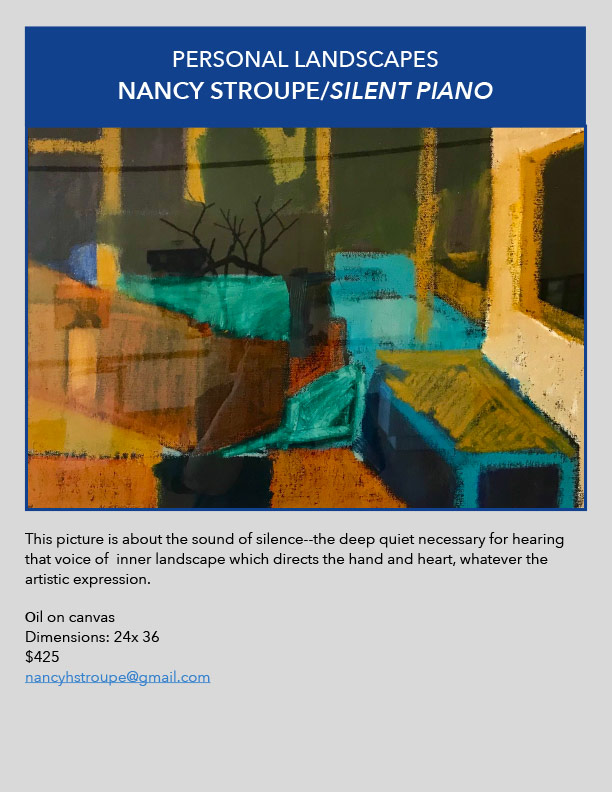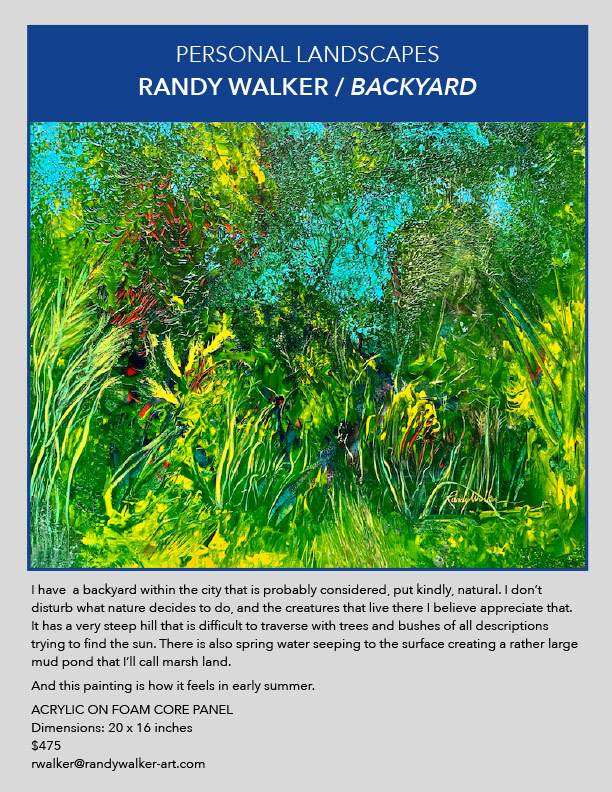PERSONAL LANDSCAPE
“The richness I achieve comes from NATURE, the source of my INSPIRATION.”
– Monet
Background:
In Fall of 2019, I began planning this exhibition. I was reading about some Museum shows that I would never get to see, of artists I admired. In Basel there was to be a Hopper exhibit of major works — many of which I had seen in American Exhibitions, and the reviewer talked about how he used landscape as setting, juxtaposing a dark forest with a small gas station, three pumps illuminated by harsh light bulbs and one man dwarfed by what surrounds him. Landscape/background was not a neutral backdrop but a contributing character.
The Monet exhibit in Denver showed early and late work. The critic talked about his transition: the elements of Romanticism in his early paintings — looking for
“untouched climes.” And the later more Impressionistic works revealing a feeling of nature as fleeting and insecure. Here his loose brush strokes haystacks in a field reflect the urgency to capture this moment in beauty. There was continuity and contrast in his approach to the land.
I wondered how my artist colleagues and friends in this area connected with nature in their work. How aware of their connection with landscape were they?
How did they see themselves “using” it or did they? Was it something they thought about consciously? Or was it something so integrated into their view of
the world they didn’t consciously address it? Would artists working in 3D have different answers than those working in 2D?
Process:
I decided to invite a group of Kalamazoo area artists to explore their notion of how LANDSCAPE works in their creative process. I decided that many of the
artists I invited would be artists who are know for their Landscapes like Susan Badger, Justin Bernhardt, and Mark Cassino.
And then I chose artists whose work often didn’t have a background or sense of place literally in the composition like Anna Ill, Gloria Badiner, Brent Harris,
Gretchen Huggett and Nancy Payne.
I am pleased to welcome you to a complex, thoughtful, and insightful show. The artists have defined LANDSCAPE in their work in a variety of ways. The themes are RICH and varied. Some focus on the literal, some emotional, some spiritual — some on elements reflecting current events, and for some it is a metaphor for an internal journey . . .
What do you see when you stand before one of these pieces and think about LANDSCAPE? How are you connecting with these pieces?
Themes:
Many of the pieces in this exhibit connect the landscape to our current concerns about climate change. While we know that universe is always in flux, we have
become more and more aware that man’s interaction with the planet has accelerated change and often not in a good way. Melody Allen explores two ways
our forest land is under threat from human accident and global climate changes. Justin Bernhardt’s DRIFTING PATHS, freezes a moment in the sand where wind and weather and the footsteps of man gently balance in a surface movement. Martha Rosenfeld’s I COME FROM A VANISHED WORLD is a poignant statement about loss of habitation.
Perhaps even more direct statements about our relationship to the land and its vulnerability can be found in the work of D. Rand Huffman as he documents an ecosystem under attack; Or Jerry Fry’s reflections on the political chaos creating a health disaster in FLINT WATER CRISIS; Or Gloria Badiner’s MAN-ALTERED: THE LANDSCAPE IN THE TIME OF COVID.
Many of the artists have found the landscape to provide a space for meditation or healing. Being at-one/connected to the natural world with its movement towards balance, and its ever renewing energy becomes a source for strength and comfort for many artists exploring themselves and the place they call home. Randy Walker finds it in his BACKYARD, Mark Cassino in the secret places one encounters, perhaps just at the time one needs them, Susan Rumsey in the view from her bedroom window with its “kindred wildness.” Each experience draws them in and gives them that feeling of oneness with the universe.
For some artists “landscape” becomes an interior vision of their own life journey. Jeannette Maxey translated her vision into a format for laying out her creative journey, while Mark Rainey’s painting is symbolic interpretation of the path of his Self Pilgrimage on meditative journey to connect with his Spiritual Center.
Carnegie Center for the Arts
Three Rivers, MI
Maryellen Hains
July-September 2020

